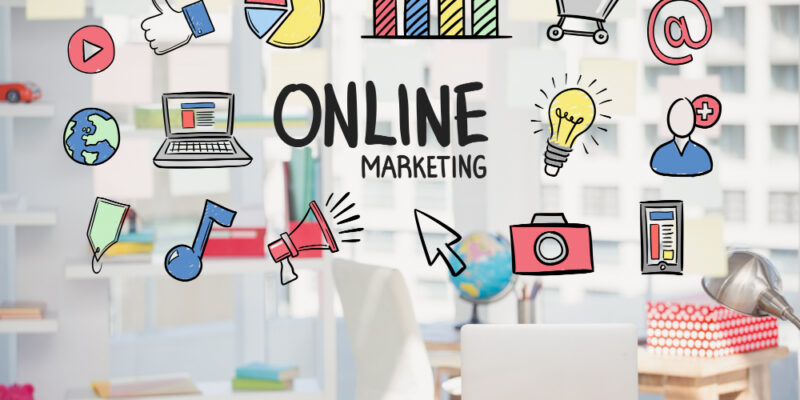In today’s digital landscape, email marketing remains a powerful tool for businesses to connect with their audience, drive engagement, and boost sales. As we step into 2024, let’s explore why email marketing is more relevant than ever and delve into effective strategies to make the most of this channel.

Why Is Email Marketing Beneficial for Businesses?
1. Direct Communication with Customers
Email allows businesses to communicate directly with their customers. Unlike social media or other platforms, where algorithms determine visibility, emails land directly in the recipient’s inbox. This personalized approach fosters a stronger connection and encourages engagement.
2. Cost-Effective
Compared to traditional advertising methods, email marketing is remarkably cost-effective. There are no printing costs, postage fees, or media buying expenses. With the right strategy, businesses can achieve significant returns on their investment.
3. Measurable Results
Email marketing provides robust analytics. You can track open rates, click-through rates, conversion rates, and more. These insights allow you to refine your campaigns, optimize content, and target specific segments effectively.
4. Flexibility
Whether you’re promoting a product, sharing news, or nurturing leads, email adapts to your needs. You can send newsletters, transactional emails, abandoned cart reminders, and personalized offers—all within the same platform.
5. Builds Trust and Loyalty
Consistent, valuable emails build trust over time. When recipients find value in your content, they’re more likely to remain loyal to your brand. Trust leads to repeat business and word-of-mouth referrals.
Email Marketing Strategies for 2024
1. Segmentation Strategies
Segment your email list based on demographics, behavior, or engagement level. Tailor content to each segment’s interests and needs. Segmentation ensures relevant messaging and higher conversion rates.
2. Personalization
Personalize emails beyond just using the recipient’s name. Leverage data to create dynamic content—recommendations based on past purchases, location-specific offers, or personalized subject lines.
3. A/B Testing
Test different elements (subject lines, visuals, calls-to-action) to understand what resonates with your audience. A/B testing helps optimize your campaigns for better results.
4. Automation
Set up automated workflows triggered by specific actions (e.g., welcome emails, abandoned carts, post-purchase follow-ups). Automation saves time and ensures timely communication.
5. Designing for Mobile
Given the prevalence of mobile devices, ensure your emails are mobile-responsive. A seamless mobile experience improves engagement and conversions.
6. Creating the Perfect Subject Line
Craft subject lines that grab attention and entice recipients to open the email. Avoid spammy language and focus on relevance.
7. Interactive Content
Include interactive elements like polls, quizzes, or GIFs. Interactive emails boost engagement and encourage recipients to take action.
8. Consistent Branding
Maintain consistent branding across all emails. Use your logo, brand colors, and fonts. Consistency reinforces brand identity.
Conclusion
Email marketing remains a cornerstone of digital marketing strategies. By understanding its benefits and implementing effective tactics, businesses can harness the power of email to engage, convert, and retain customers in 2024 and beyond.

